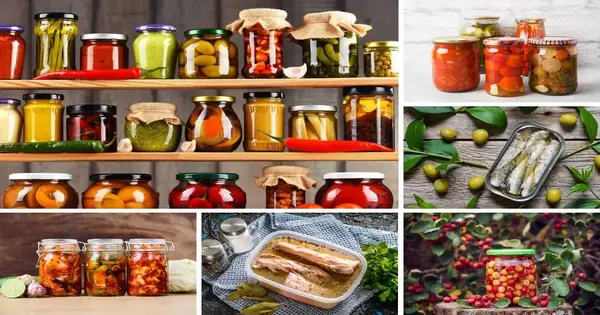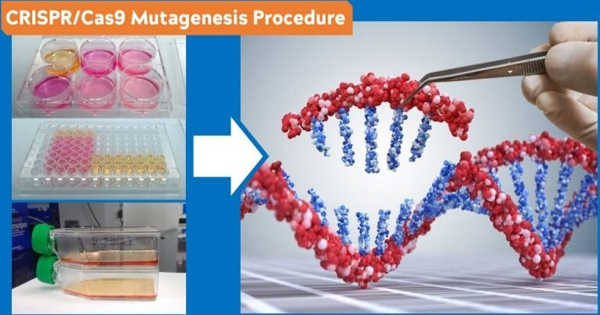Food preservation processes include making food more resistant to microorganism growth and slowing fat oxidation. It is the process of preparing or handling food so that it can be stored for long periods of time while retaining its nutritional value, flavor, and quality. This slows the process of decomposition and rancidification. Techniques for preserving food aim to prevent or slow the growth of microorganisms, enzymes, and other factors that cause spoilage or deterioration.
Food preservation can also refer to processes that prevent visual deterioration, such as the enzymatic browning reaction that occurs after apples are cut during food preparation. Food waste can be reduced by preserving food, which is an important way to reduce production costs and increase the efficiency of food systems, improve food security and nutrition, and contribute to environmental sustainability. It can, for example, reduce the environmental impact of food production.
Here are some common methods of food preservation:
- Canning: Canning involves sealing food in jars or cans and then heating them to destroy any microorganisms present. This process creates a vacuum seal, preventing further contamination and spoilage. Canned foods can have a long shelf life, often extending for years.
- Freezing: Freezing food lowers the temperature below the freezing point, preventing the growth of microorganisms and enzymes. It aids in the preservation of many foods’ quality, flavor, and nutritional value, including fruits, vegetables, meat, fish, and prepared meals. Proper packaging is critical for preventing freezer burn and preserving food quality.
- Drying or dehydration: Dehydration is the removal of moisture from food, which inhibits the growth of microorganisms. Sun drying, air drying, and the use of specialized equipment such as food dehydrators are all common methods of drying. Dehydrated foods have a long shelf life and are light, making them easy to store and transport.
- Fermentation: Fermentation is a preservation technique that involves the conversion of sugars in food into alcohol, acids, or gases by microorganisms such as bacteria or yeast. This process creates an acidic or alcoholic environment that prevents the growth of spoilage-causing organisms. Examples of fermented foods include yogurt, sauerkraut, kimchi, and pickles.
- Salting: Salting draws moisture out of food, making it unfit for microbial growth. Salt is a natural preservative that is commonly used in the preservation of meat, fish, and vegetables. Cured meats, such as bacon and ham, are preserved with salt and other curing agents.
- Vacuum packaging: Vacuum packaging is the process of removing air from the packaging surrounding the food, resulting in a vacuum seal. This method slows food deterioration by lowering the oxygen level, which slows the growth of spoilage organisms. It is frequently used in conjunction with other methods of preservation such as freezing or dehydrating.
These are just a few examples of food preservation techniques. The choice of method depends on the type of food, desired shelf life, and preservation goals. It’s important to follow proper food safety guidelines and use appropriate techniques for different food items to ensure their safety and quality.
Many food preservation processes involve more than one food preservation method. Boiling (to reduce the fruit’s moisture content and kill bacteria, etc.), sugaring (to prevent their re-growth), and sealing within an airtight jar (to prevent recontamination) are all steps in preserving fruit.
















